There are more and more types of fabrics and we need to do more homework. Do you know the types of fabrics and their names? Today we will take a look.
When we buy clothes or fabrics, we will find that sometimes the fabrics on the labels are unknown to us, and the prices are also very different. This will inevitably make us have doubts, so today we will take a look at the types of fabrics and their names. Let’s take a look!
Fiber
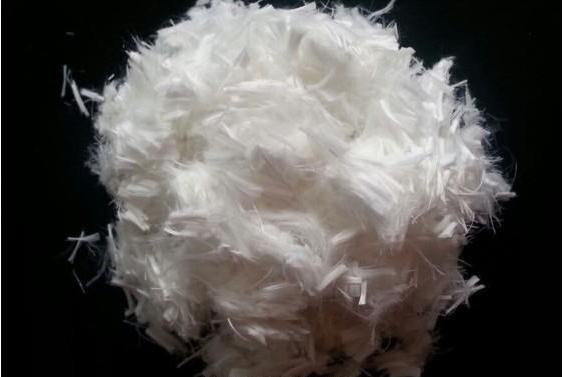
People often compare lengths Fibrous materials that are more than a thousand times larger in diameter and have only a certain degree of flexibility are collectively called fibers. The thickness and length of fibers are important factors that determine the feel of fabrics.
Usually there are two types of fibers: natural fibers (obtained directly from nature) and synthetic fibers (obtained through chemical treatment and injection spinning.) .
Cotton
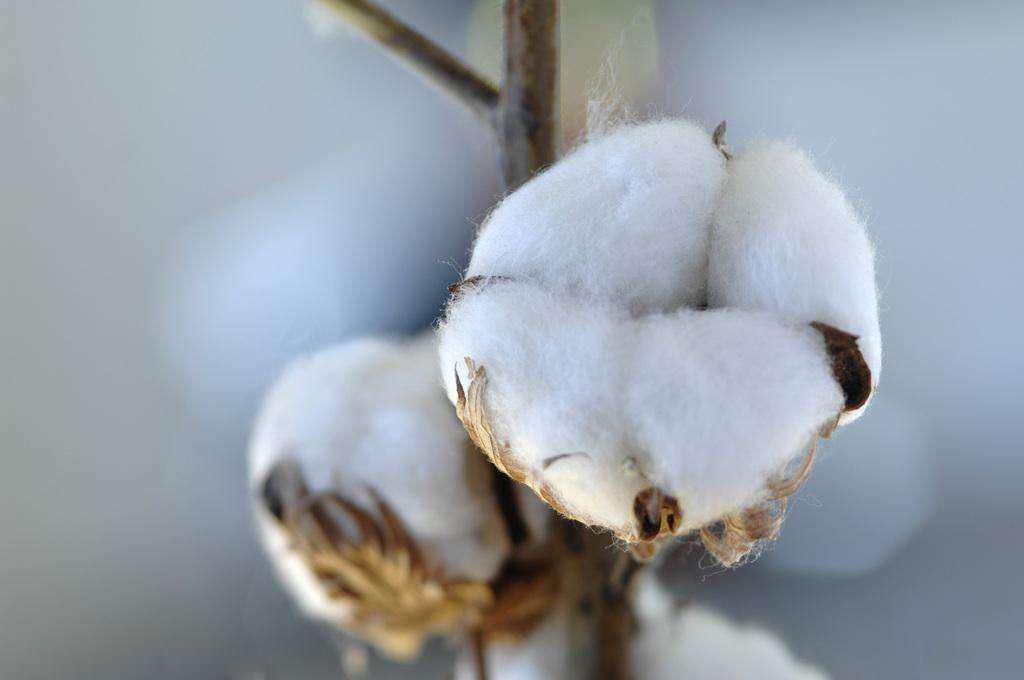
Cotton: (seed fiber ) is arguably the most widely used clothing fiber in the world.
The advantages are strong moisture absorption, warmth retention, and comfortable wearing;
The disadvantage is that it is easy to Wrinkles, large shrinkage (generally the acceptable shrinkage range for knitted clothing is + 5%), and mildew will occur. If the cotton fiber is exposed to sunlight for a long time, its strength will be reduced, and the fiber will become hard and brittle. If it encounters oxidants, bleaching powder or chemicals Oxidative dyes will also reduce the strength of the fiber and make the fiber brittle and hard.
Wool
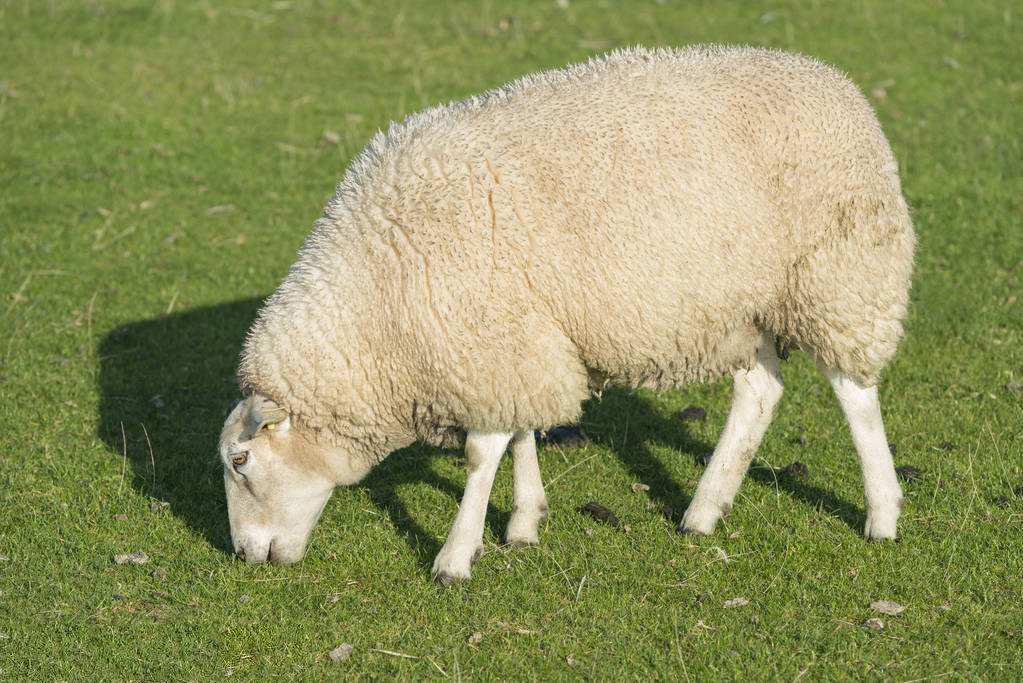
Wool: natural animal fiber , unless otherwise specified, refers to the wool sheared from sheep. Its advantages are high water absorption, warmth retention and durability;
The disadvantage is felting reaction (a unique and important feature of wool). In addition, wool is easy to be infected by insects. Mouse, frequent friction will cause pilling. If exposed to strong light for a long time, its tissue will be damaged and its heat resistance is poor.
Polyester
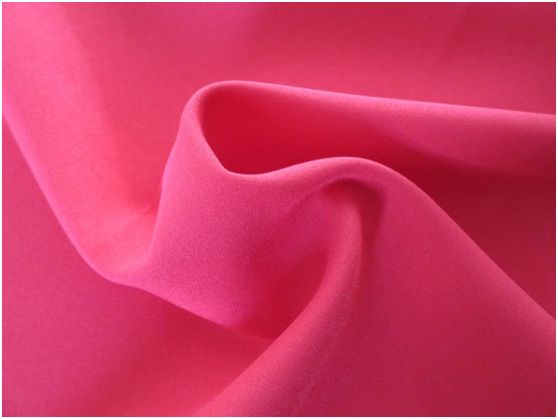
Polyester (synthetic fiber) : Synthetic fibers are made of polymer compounds, and polyester is one of them. It is also called polyester fiber.
Its advantages are high strength, strong wear resistance, good elasticity, and strong heat resistance;
The disadvantage is that it lacks a hydrophilic structure between the molecules, so it has extremely poor hygroscopicity and poor air permeability. Fabrics woven from it will feel stuffy and airtight when worn on the body.
What are the clothing fabrics that everyone knows? Please continue reading
1. Cotton fabric
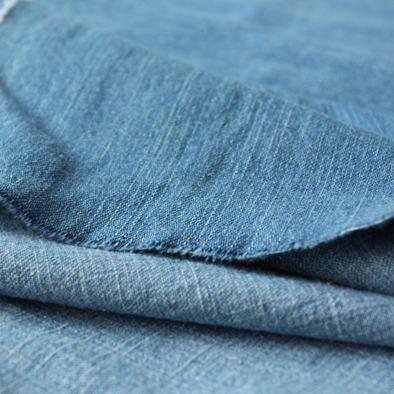
Cotton fabric is woven from cotton fiber.
It feels soft and comfortable, breathable and warm, such as our common cotton denim.
2. Linen fabric
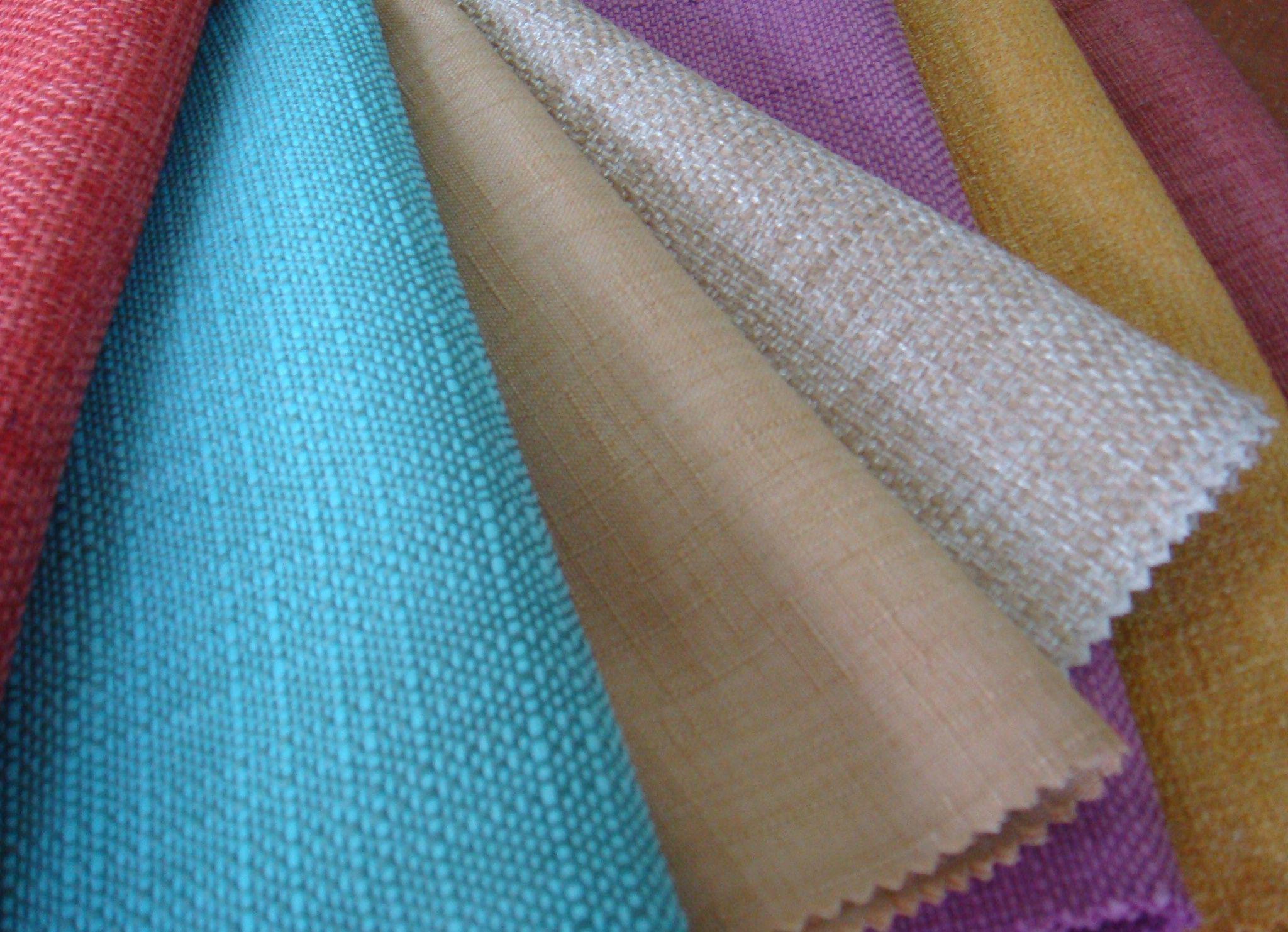
Hemp fabric It is made from hemp fiber spun into yarn.
Common ramie and linen have a hard feel, are cool and breathable, and are often used as summer clothing fabrics.
3 silk fabric
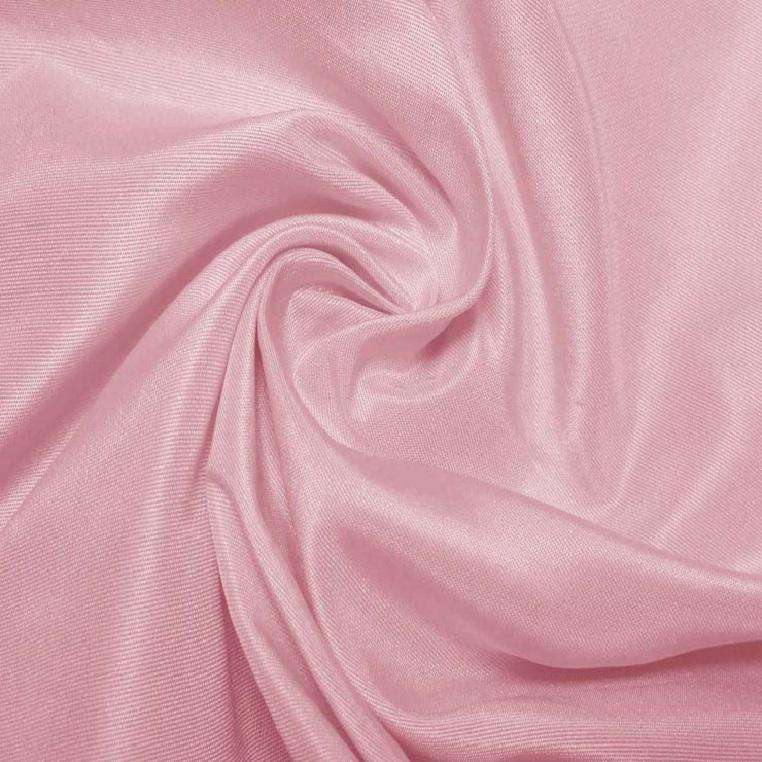
Silk fabric is Made of silk.
It feels soft and smooth, the color is bright, and the wearing effect is elegant and gorgeous.
4 woolen fabric
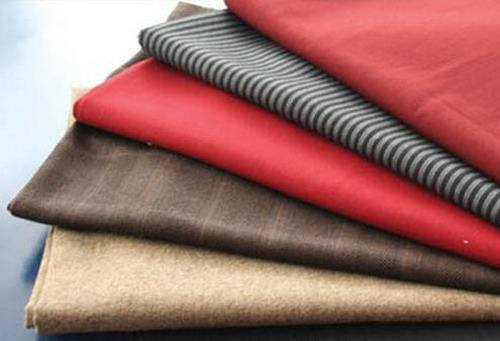
Wool fabric wool Fibers are spun into yarn for weaving.
It feels soft and looks smooth, stable and elegant when worn. This fabric is often used in suit jackets.
5 synthetic fiber fabric
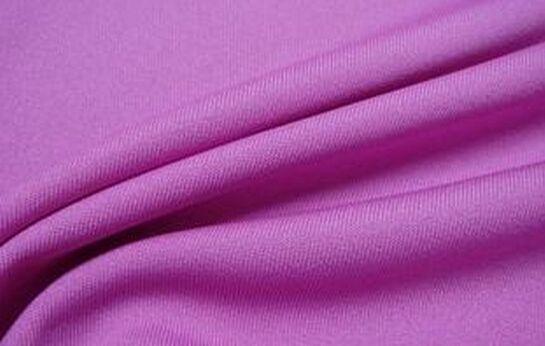
Polyester, Nylon, acrylic, spandex, etc. have high fastness, wear resistance and washability, but they feel stuffy when worn.
OftenHigh-quality spandex fabrics are used to make swimwear, fitness wear, diving suits, etc.
6. Non-textile fabrics
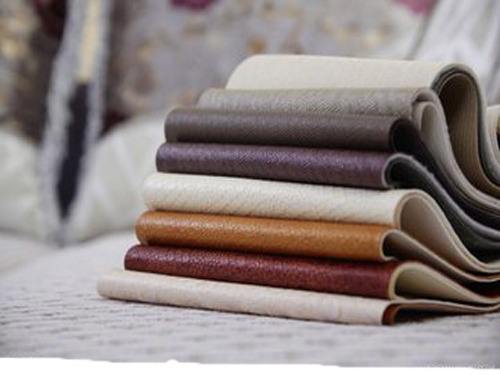
Leather , artificial leather, etc. This type of fabric has good warmth retention properties.
Let’s talk about how to identify fabrics
1. Cotton: soft to the touch. If it is pulled off, you will see that the fiber length is inconsistent.
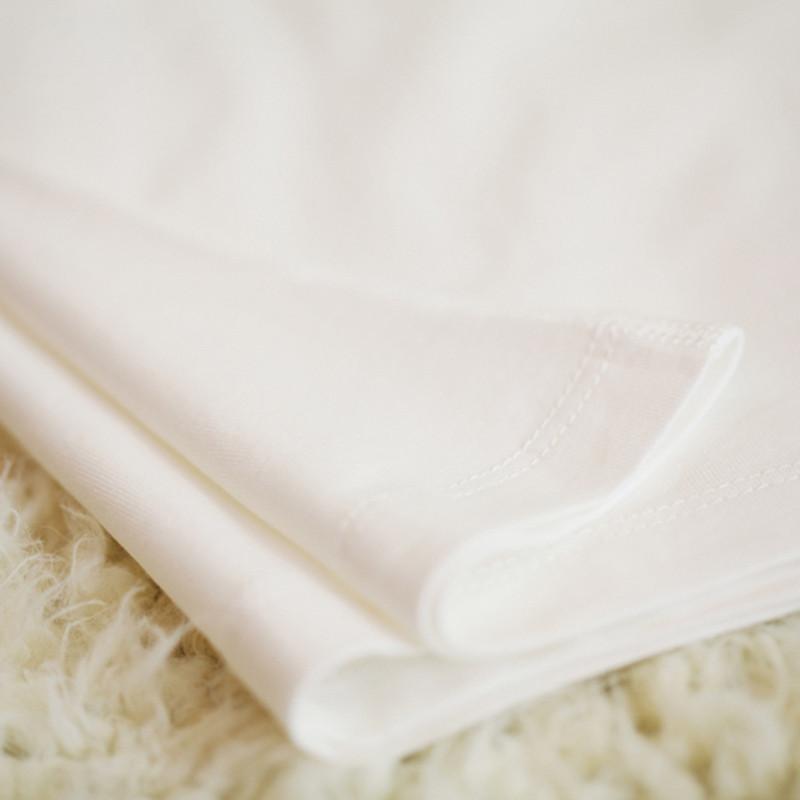
2 Polyester-cotton linen yarn: The fabric is light and thin, ribbed.
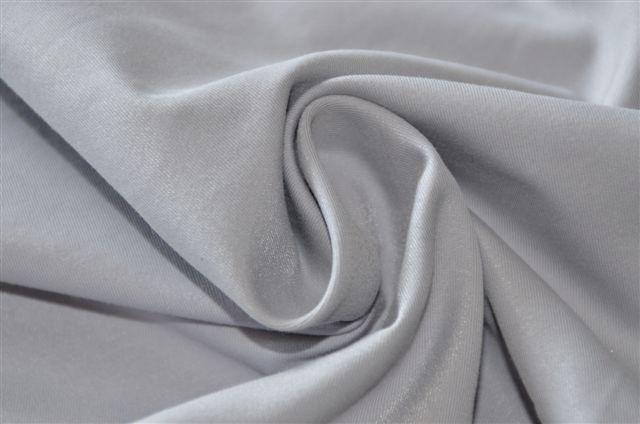
3 Silk: soft to the touch, soft luster, good elasticity, and cool to the touch.
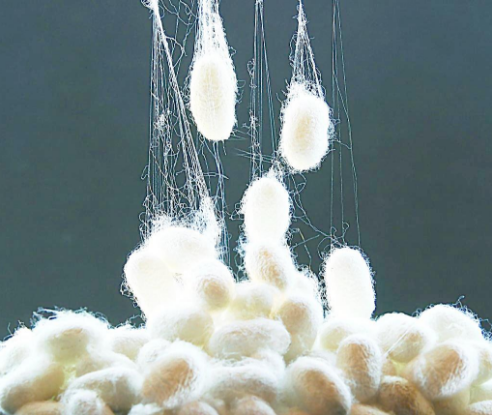
4 polyester-cotton poplin: crisp appearance and uniform luster

5 Synthetic fiber: The fabric is strong and not easy to break, but the luster is poor.

6 Rayon: soft, but lacks elasticity, and the broken fibers are neat.
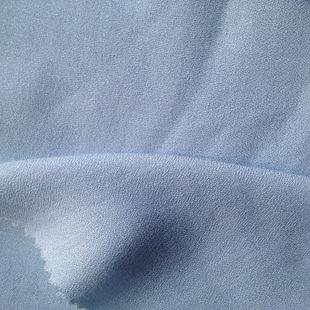
7 Satin: thicker and smooth surface.
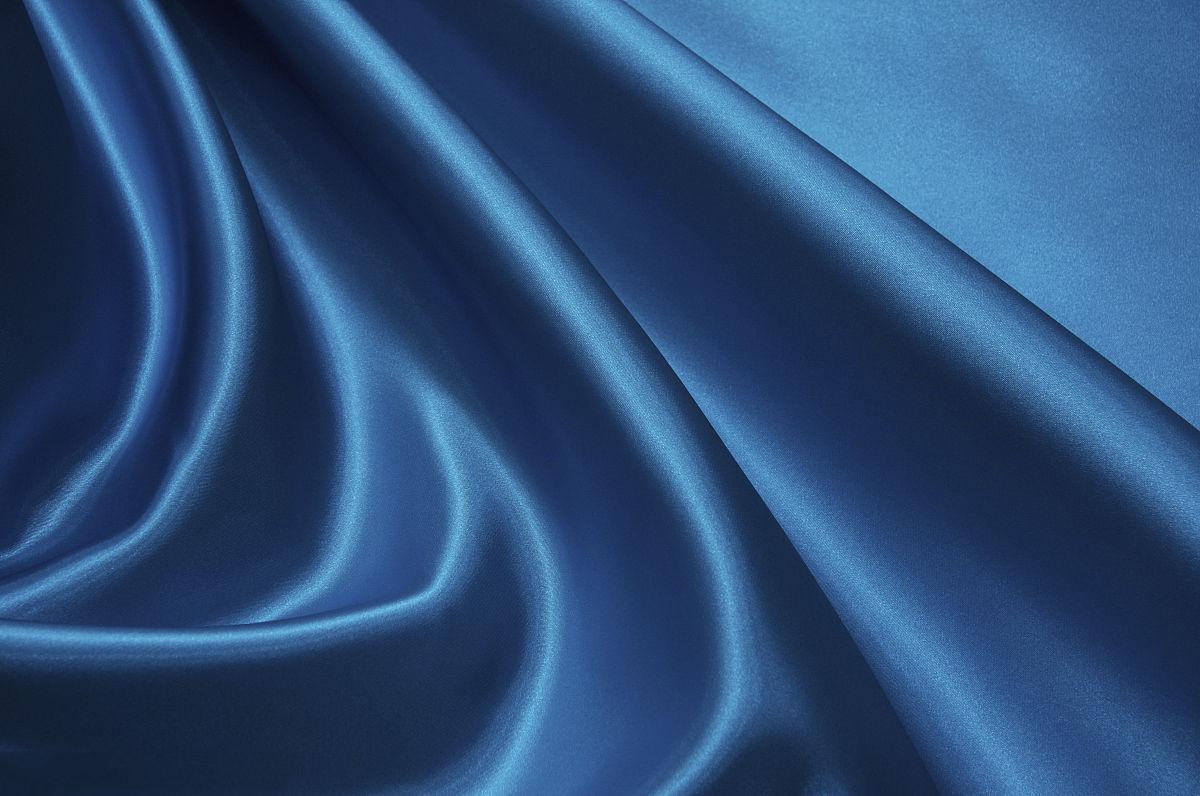
Have you learned how to distinguish fabrics? You can leave a message below to interact with me and communicate!
Thank you for the like! Thanks for following us! Moma





